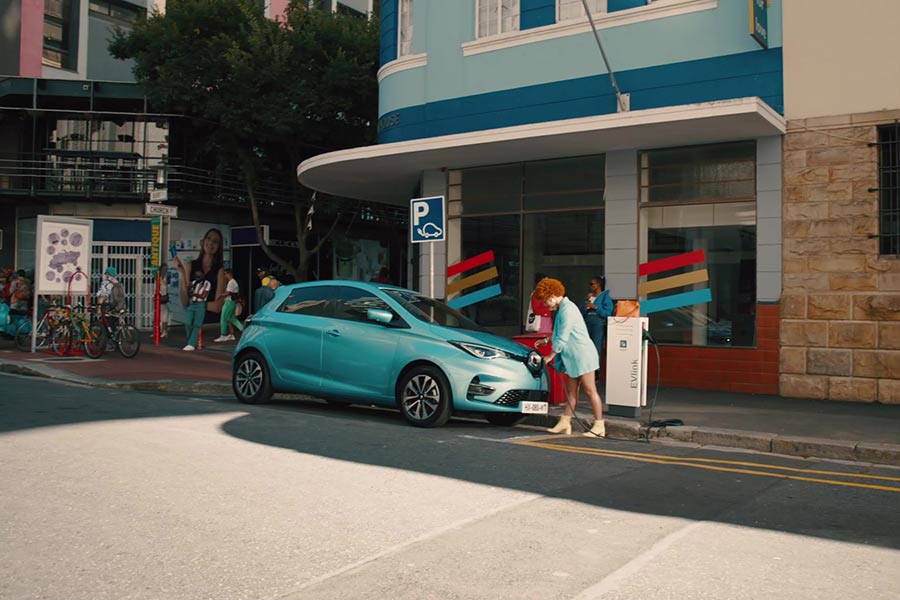Electric vehicle sales are up by a significant margin, and there’s no turning back, especially when government policies increasingly back the transition.
Unfortunately, it is not all smooth sailing in e-vehicle matters. There are a few rough edges that may take some time to straighten out.
Battery Technology
No doubt, the charging and battery technology has come a long way, but, unfortunately, the developments are also causing uncertainties. There’s confusion as to which tech will become the gold standard.
This is especially an issue for e-vehicle owners in apartment blocks, hostels, and residences without private parking. Where will the charging stations be installed?
On the other hand, home charging may not be necessary if supermarket parking spots, gas stations and other public spaces have charging stations, and the roads will have the suggested induction pads that charge vehicles when they pass over them.
It is a bit blurry as to who is responsible for the installations; where the private sector’s role ends, and the local authorities take over. Who is going to pay for the installation?
Tesla and other companies are already rolling out charging stations, but the private sector has always dragged its feet where demand is low, and profits are thin. Will the local government takeover in areas where the demands are low?
Furthermore, batteries cannot compare to gasoline in energy density. Electric vehicles need more space to hold a specific amount of energy with batteries.
Also, the batteries’ complexity and weight is another issue.
Well, regulations set the maximum weight of semi-trucks, and the batteries needed to sufficiently power them significantly limit how much cargo they can carry. The towing capacity of these semi-trucks may affect their efficiency quite considerably. This is usually not a challenge for gas-powered and diesel trucks.
Emissions
Widespread electric vehicle rollout is not a 100% solution to greenhouse gases. There’s still a lot of distance to cover to zero emissions.
Construction and delivery of the vehicles involve carbon emissions. Typically, it would take a lot of concerted efforts to break the link, especially with the transport emissions. But we can say that we are off to a good start, a positive, regardless. It is a wait-and-see situation.




Recent Comments